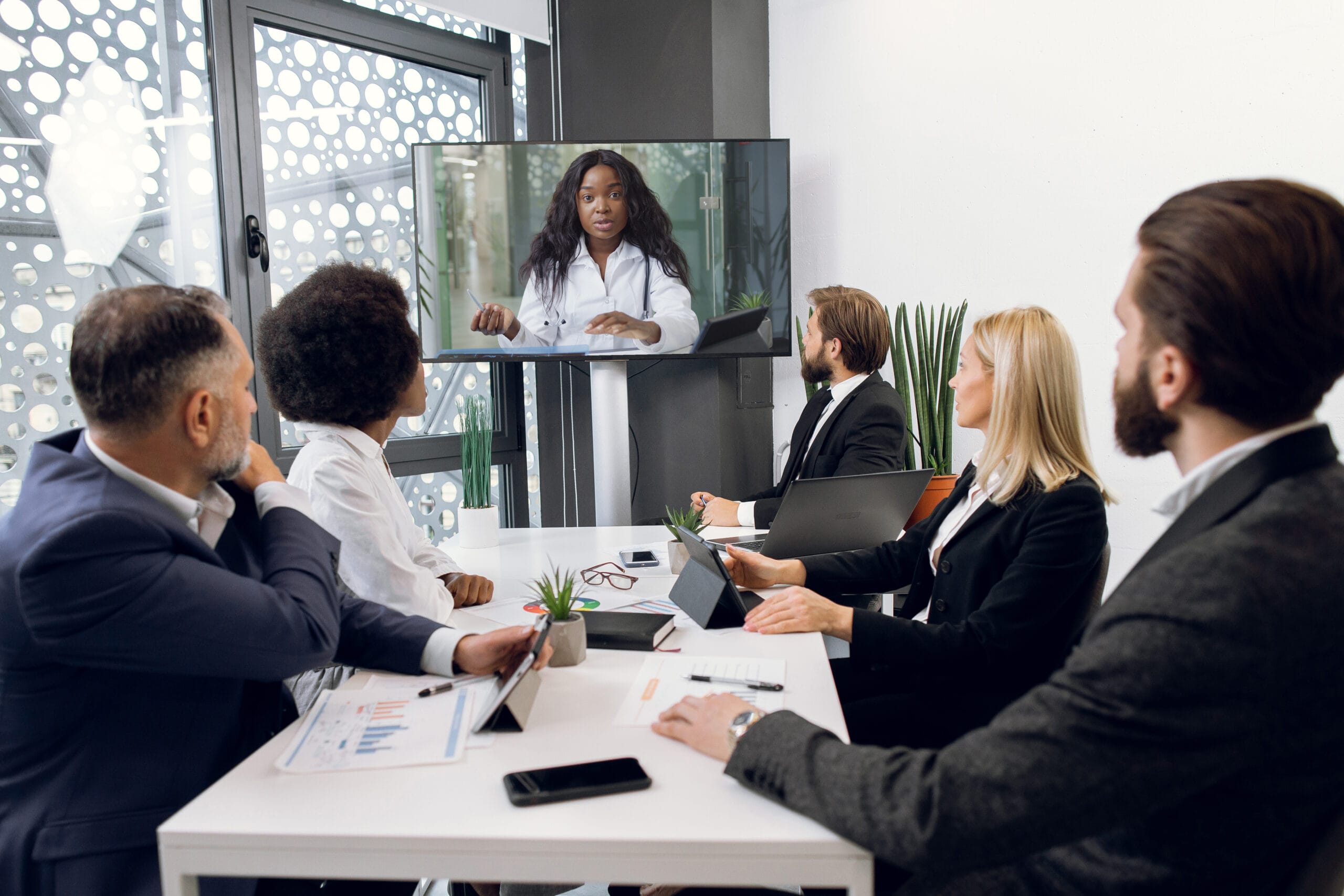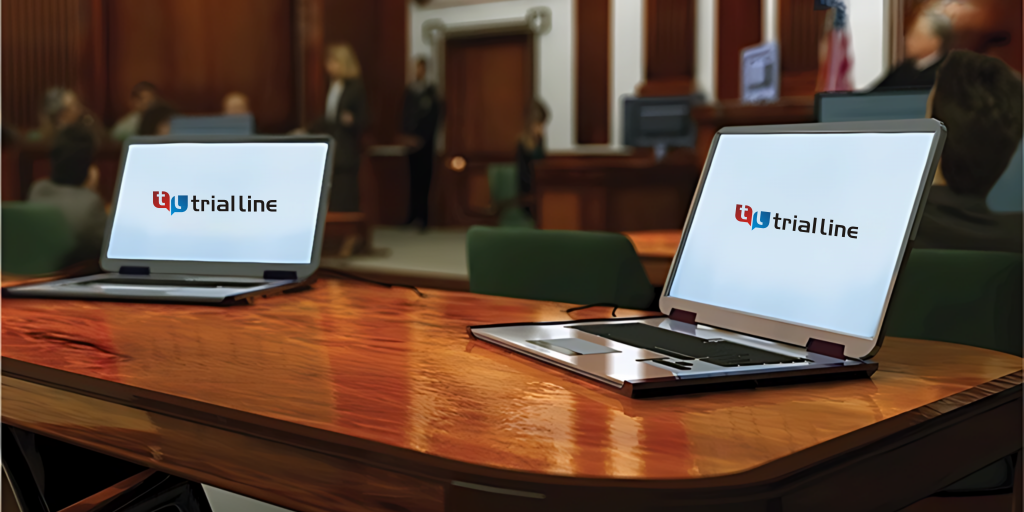Why Trial Presentations Are Critical for Effective Cross-Examination in Court
Why Trial Presentations Are Critical for Effective Cross-Examination in Court
Blog Article
The Power of Visuals in Trial Presentations for a Winning Debate
The integration of visuals in trial presentations has emerged as an essential aspect in properly connecting complicated disagreements to jurors. By using different kinds of aesthetic aids-- be it diagrams, photographs, or computer animations-- attorneys can enhance understanding and retention, inevitably shaping the court's understanding of the case.
Relevance of Visuals in Trials
In numerous legal setups, visuals play a crucial role in boosting the performance of test discussions. The combination of aesthetic elements can significantly affect jurors' understanding and retention of complicated information, therefore forming their assumptions and decisions. Visuals, such as charts, representations, and pictures, can simplify intricate narratives, making them extra easily accessible and compelling.
In addition, the human mind processes visual info extra efficiently than text, which emphasizes the relevance of integrating visuals into lawful arguments. By equating dense lawful concepts into visual styles, attorneys can help with clearer interaction, making certain that crucial factors are not forgotten throughout tests.
In addition, visuals serve to involve jurors on a psychological degree, cultivating a link to the situation that words alone might fail to attain. The strategic usage of visuals can evoke compassion, motivating jurors to take into consideration the human facets of the instance.
Ultimately, the value of visuals in trials depends on their capability to boost clarity, boost juror engagement, and strengthen the narrative existing. This powerful combination is important for crafting convincing arguments that resonate with jurors and influence the outcome of lawful procedures.
Sorts Of Visuals to Make Use Of
Efficient test presentations can considerably profit from a selection of aesthetic devices that deal with various elements of the situation. trial presentations. Using representations and graphes can efficiently break down complex information, making it more absorbable for jurors. Flowcharts can show the series of occasions, while bar graphs might succinctly compare relevant information points.

Animations and simulations can additionally play an important function, especially in instances entailing technical information or complex scenarios. These visuals can dynamically represent procedures or activities, providing quality and interaction that static pictures may not attain.
Additionally, infographics integrate message and visuals to sum up vital details successfully. They can present timelines, statistics, and substantial situation factors in an aesthetically appealing fashion, making it simpler for jurors to comply with the argument.
Enhancing Understanding and Retention

Enhancing understanding and retention during test discussions is critical for making certain that jurors grasp the essential elements of a situation. Visual help act as effective devices in this respect, converting complicated details into conveniently absorbable layouts. By making use of graphes, layouts, and infographics, attorneys can simplify intricate data and highlight essential factors that may otherwise be forgotten.
Research studies have revealed that people preserve details considerably better when it is provided visually. This is especially important in a trial setting, where jurors might be bewildered by the volume of evidence and testament. By tactically incorporating visuals, attorneys can route jurors' focus to the most important aspects of the instance, reinforcing their understanding and memory of the product offered.

Creating Engaging Discussions
Exciting jurors' interest throughout test presentations is vital for communicating a compelling story. Engaging presentations leverage visual elements to produce a remarkable experience that resonates with jurors. The strategic use of graphics, computer animations, and video clips can clarify complex details, making it extra easily accessible and relatable.

In addition, including storytelling strategies can improve engagement. Offering evidence in a rational series that builds sob story permits jurors to get in touch with the product on an individual level. Numerous discussion formats, such as incorporating short video or interactive components, can additionally endure interest and interest throughout the test.
Inevitably, an engaging discussion promotes a more profound understanding of the situation, making it possible for jurors to much better appreciate the debates being presented and causing a much more desirable result.
Situation Researches and Success Stories
Many case researches highlight the substantial impact of visuals in trial presentations, demonstrating their capacity to influence juror perceptions and inevitably the outcomes of instances. A notable situation including an individual injury claim highlighted how the usage of a 3D computer animation of the accident scene clarified complex information. Jurors reported really feeling more enlightened and empathetic, substantially guiding their choice for the complainant.
In another circumstances, a business litigation case used infographics to existing economic information and timelines, making elaborate details available. The visual depiction made it possible for jurors to realize the nuances of the case more efficiently than verbal explanations alone. trial presentations. As an outcome, the jury returned a judgment that went beyond the customer's assumptions
In addition, a criminal protection situation utilized photos and video proof to find establish an alibi. The engaging visuals not only helped in developing uncertainty yet likewise resonated emotionally with jurors, leading to an acquittal. These success stories highlight the need of integrating visuals right into trial presentations, as they enhance understanding, retention, and ultimately, the persuasive power of lawful disagreements. The strategic use visuals is without a doubt changing the landscape of test advocacy.
Conclusion
To conclude, the critical consolidation of visuals in test presentations significantly improves jurors' understanding and retention of complex info. By using different kinds of visuals, attorneys can successfully clarify bottom lines and foster emotional links with the target market. Involving presentations, supported by engaging case researches, demonstrate the extensive impact that visuals can have on persuasive communication. Ultimately, the power of visuals acts as an important element in achieving positive trial end results.
Report this page